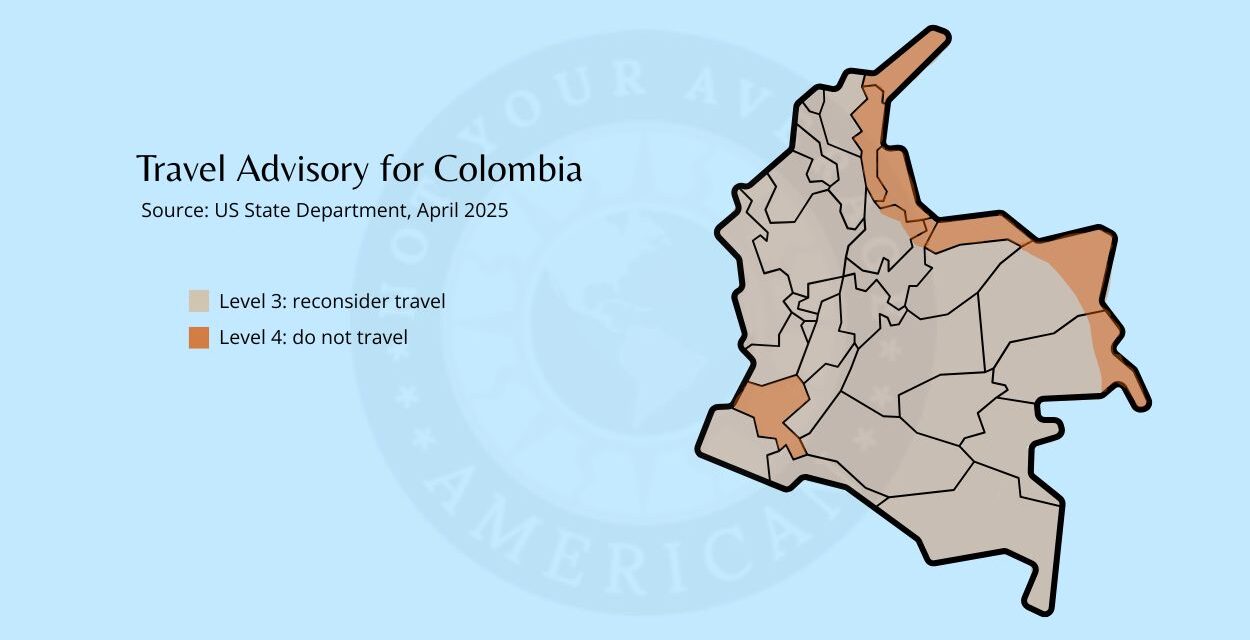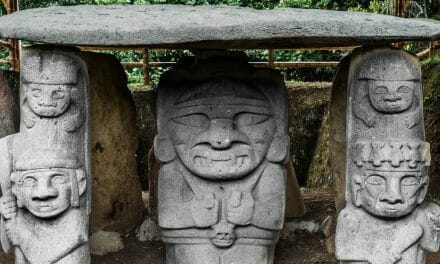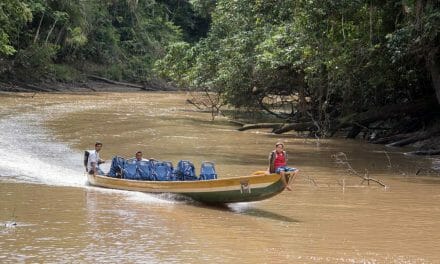As responsible travelers evolve, so do the stories we share.
This article is part of our living archive — trusted content we continue to care for.
First published on September 11, 2025 • Last updated on September 26, 2025.
We originally wrote this piece in 2018 while mapping out our Bogotá to Lima trip, challenging ourselves to take 6 months to travel and reset our military mindset for civilian life. It is time to make a few updates. Security conditions in Colombia remain fluid. But not everything is cause for concern.
Twenty eight years of Air Force life taught us to access safety at every turn. So when the powers that be (like the US State Department) cry, “Reconsider Travel” and “Do Not Travel,” what’s a safety conscious couple supposed to do?
What Are The Safety Concerns In Colombia?
According to the US State Department, we should reconsider travel to Colombia. Their biggest concerns are crime and terrorism. Their concerns are valid. There have been incidents in the recent past that bear noting, particularly kidnappings along the Ecuadorian border in the Esmeraldas Province. Their warnings for big cities, like Bogotá, remind us very much of the same warnings about Quito, Ecuador. We toured the historic center and more several times, using basic precautions for all big cities in South America.
Furthermore, after having lived and worked under US State Department advisories, we know that they err on the side of caution, sometimes keeping advisories in effect for years after any problems occurred. For example, while living in Ecuador, the State Department prevented us from traveling north of the Napo River. That meant we were unable to visit the Cuyabeno Reserve or many of the eco-lodges in the Yasuni National Park, despite thousands of international visitors safely making those same trips every year. We have since visited both and are happy to report that the advisory has dropped to a Level 3. Still dodgy but ecolodges are seeing happy and secure customers.
To make it more complicated, the US Travel Advisories throw names into the air that make very little sense to a first-time tourist to countries like Colombia. They often make it sound like everywhere is unsafe. Therefore, we like to search out out information with better detail.
Other Nation’s Travel Advisories For Colombia
Since writing the original article, we’ve also expanded our risk assessment toolkit beyond U.S. government sources. It turns out that other English-language advisories—like those from Canada, the U.K., or Australia—often paint a very different picture. With current U.S. policies influencing diplomatic relations and travel advisories alike, we expect those differences may only grow.
- Australia: Colombia Travel Advice & Safety | Smartraveller
- Canada: Travel advice and advisories for Colombia
- Great Britain: Colombia travel advice – GOV.UK
We highly recommend checking out Australia’s travel advisory map of Colombia. They clearly show areas marked:
- “Do Not Travel” like the borders with Venezuela, Ecuador, and Panama. Yet for Ecuador, they make exclusions for a narrow corridor using the PanAmerican highway and border crossing.
- “Reconsider Travel” includes the vast majority of Colombia.
- “Exercise a high degree of caution” for the most touristed areas along the coast like Cartagena and Barranquilla as well as the spine of the Andes including Bogota.

What’s a Traveler To Do?
Before actually going to Colombia, all this advisories had me tearing my hair out. We just wanted to travel without worrying about every single bad thing that has happened in Colombia over the past decade or so. Bad things happen everywhere in the world, including the United States. Was I really going to limit our trip because of these maps?
The quick answer is no. We’ve taken two steps. First, we became members of Global Rescue in large part because they also make travel safety and security assessments. As a member, you have access to their global network and can sign up for memberships that include extraction for medical emergencies, political unrest, or natural disasters. As our own US State Department sees extreme budget cuts, we see this as a smart move as repatriation flights will likely be hard to come by in times of emergency. Use our partner link to get a quote.
Second, we contact people living in country. So, for our trip to Colombia, I posted in one of my favorite groups (Ecuadorian Expats) to ask among the 18,000 members. Writer and traveler Lorraine Caputo came to the rescue. She has traveled in Colombia since 1992. Obviously, she has seen lots of changes in the past decade or so. She and a few others helped confirm that safe passage is not only possible but is the norm.
Obviously, we still follow basic safety precautions like those we learned from our many assignments overseas. And we avoid the most dangerous areas of the countries where we travel, including Colombia. But Lorraine’s article on places to visit in Colombia is what convinced me to be excited about our trip again.
And am I really glad we went. Check out some of the material we’ve written because we decided to take the leap and trust our guts.






















